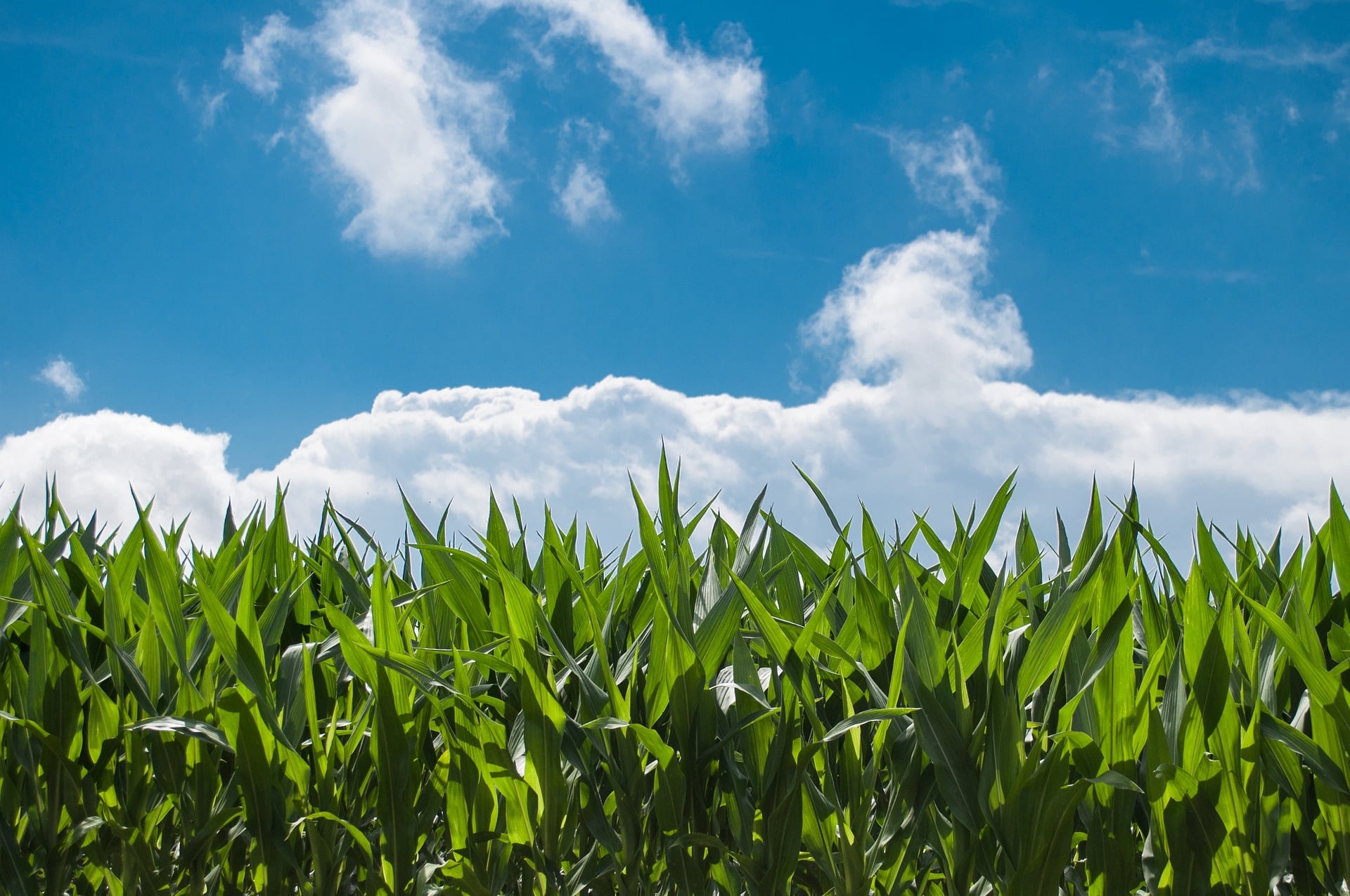Corn rootworm (CRW) is one of the most destructive corn pests in the United States and costs growers more than $1 billion annually in reduced grain yield and control measures. Long-term corn rootworm management requires a multi-year, whole-farm approach that includes the integration of multiple control measures, not a singular technology.
Growers concerned with CRW should have a plan in place for each field that includes multiple control strategies including crop rotation, corn rootworm-traited corn hybrids, soil applied insecticides, and adult beetle management. To provide growers with information to help guide multi-year CRW management decisions, Syngenta has announced it will assist growers with corn rootworm beetle tracking during the 2020 growing season to help them plan for 2021.
“Corn rootworm is one of the top pests on growers’ minds when it comes to corn insect control. Without proper planning and management, this adaptable insect can wreak havoc on corn fields and negatively affect bottom lines,” says Tim O’Brien, PhD, Agrisure traits manager for Syngenta. “Every farm is different and CRW management requires year-by-year, field-by-field evaluation. At Syngenta, we recommend tracking the current year’s beetle numbers to gauge the following year’s larval threat.”
Tracking corn rootworm beetles is an effective method to help growers identify the level of pressure on their farms, delivering valuable information for future insect management decisions.
“Yellow sticky traps are a simple, convenient and reliable method for estimating CRW populations within a corn field,” says Andy Heggenstaller, head of agronomy for Syngenta Seeds. “Our goal is to provide growers with the support and knowledge they need to monitor adult corn rootworm in their fields and ultimately make better, more informed management decisions that will pay off next year and in years to come.”
Sticky traps should be placed in fields during June or July, though exact timing depends on geography. Growers seeking assistance in tracking CRW pressure and developing a plan specific to their area should contact their local, independent Golden Harvest Seed Advisor or local NK retailer this spring to ensure they are prepared to take action in the summer.
To help reduce unexpected damage in high-pressure CRW fields, growers should consider rotating to a non-host crop like soybeans, applying a soil insecticide, managing adult beetles, and utilizing pyramided trait stacks like Agrisure Duracade trait stacks. Growers looking for more control of more insect pests may want to consider Agrisure Duracade 5222 E-Z Refuge, as it controls 16 damaging above- and below-ground pests, more than any competitive trait stack.
“Because CRW is so adaptable and has historically demonstrated the ability to overcome some management practices and control technologies, it’s important to show this pest something different to delay adaptation to control technologies,” says O’Brien. “Agrisure Duracade trait stacks feature a unique mode of action that demonstrates strong performance against CRW and provide a new trait rotational option for a healthier corn crop.”
Agrisure Duracade expresses a protein that binds differently in the gut of corn rootworm to show corn rootworm something different. The Agrisure Duracade trait provides a new trait rotation option for corn rootworm management when used in rotation with other industry trait technologies like Agrisure 3122 E-Z Refuge.
For more information on Agrisure Duracade trait stacks and to find additional resources about corn rootworm management, including a step-by-step Take Control of Corn Rootworm Management Brochure, visit www.agrisureduracade.com.










